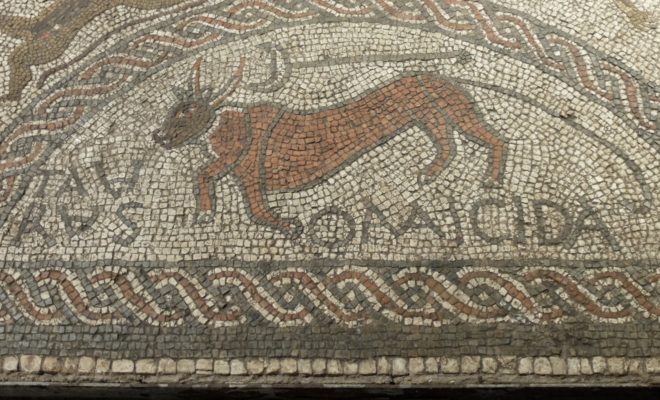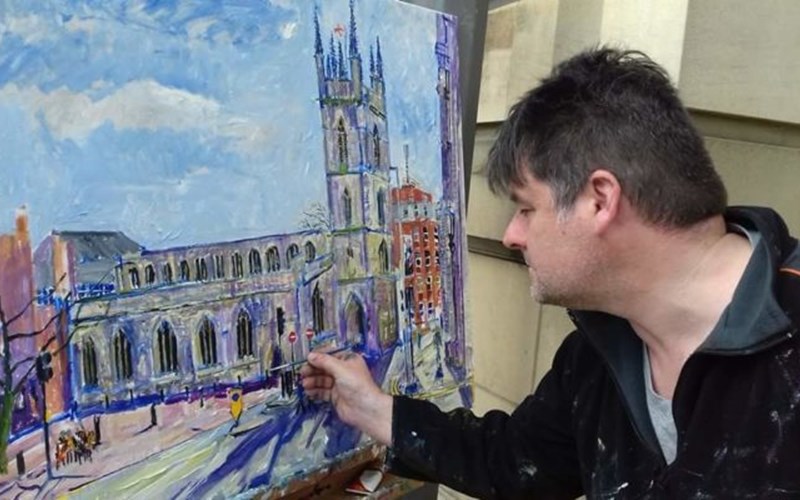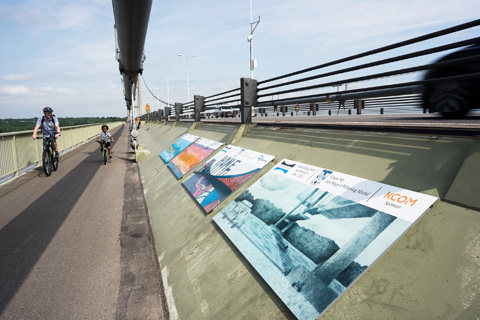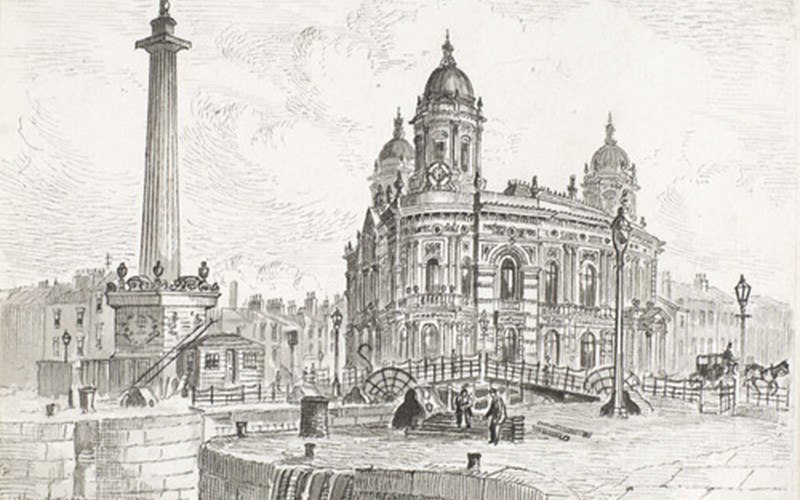A brief guide to the Mosaic Galleries at Hull and East Riding Museum

The Romans dominated England from 43AD until 410AD. Many of the artefacts, especially the mosaics, were originally from the homes of middle and upper class families in the East Riding and Lincolnshire area.
There’s plenty to look at in this section of the Hull and East Riding Museum, from ancient living quarters, to a tax collector’s office, and even an example of a Roman bath.
The Brantingham Tyche Mosaic
Discovered in 1961, just outside of Brough, the Tyche Mosaic dates back to the mid 4th century. From the way that the panel is put together, it looks as if the original piece would have fitted a dome ceiling or curved wall. The small tiles make up an image of a figure donning a crown, surrounded by a halo.
It is thought that the bust is Tyche, who was a Roman deity that is often depicted as wearing a crown. However, others suggest that the figure is actually one of the Nine Muses, arguing that the crown is actually a feathered headdress.
Other details of this interesting find are the water nymphs, wine cups and craters (a vessel used for mixing water and wine).
The Rudston Charioteer Mosaic
Meanwhile, this distinctive mosaic is perhaps one of the most unusual designs to be found in Britain so far. It features a central figure standing on a four-horse chariot and dates back to around 325-350AD.
Uncovered in 1971 at the site of a large villa in Rudston, this piece is made up of four circular panels, each with female depictions of the Four Seasons. Birds also play a part in the artwork. It is thought that these feathered friends are pheasants or peacocks, but they do look a little odd.
You can see the three other surviving mosaics as you meander around the museum, including The Venus Mosaic, The Aquatic Mosaic and the Swastika Mosaic.
The Brantingham Geometric Mosaic
Also excavated at the Brantingham Villa near Brough, this floor piece is intricately detailed and vibrant.
After the mosaic was dug up and dismantled, the dedicated team at Hull and East Riding Museum reset it into concrete to form slabs. You definitely need a steady hand and a sharp eye to do that job!
This one is often overlooked by visitors, so be sure to look down next time you’re exploring the exhibit.
Rudston Venus Mosaic
As the name suggests, this mosaic depicts the goddess of love and beauty, Venus. This would have also been the flooring of a wealthy family home back in Roman times.
By analysing the colours and techniques of this piece, experts have suggested that it was created by a British craftsman, who took a lot of inspiration from North Africa.
Updating the mosaics
In late 2016, the mosaics had a bit of a makeover. Over the years, the pieces had, understandably, become a little worse for wear – they are twenty centuries old, after all.
The team worked hard to update the displays, adding in even more fascinating stories and bringing the collection to life.
To find out more, pay a visit to the Hull and East Riding Museum. Entry is free and it is open Monday-Saturday 10am-5pm and Sundays 11am-4:30pm.




